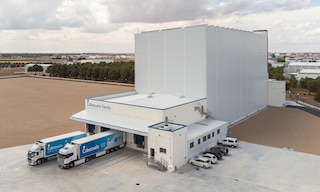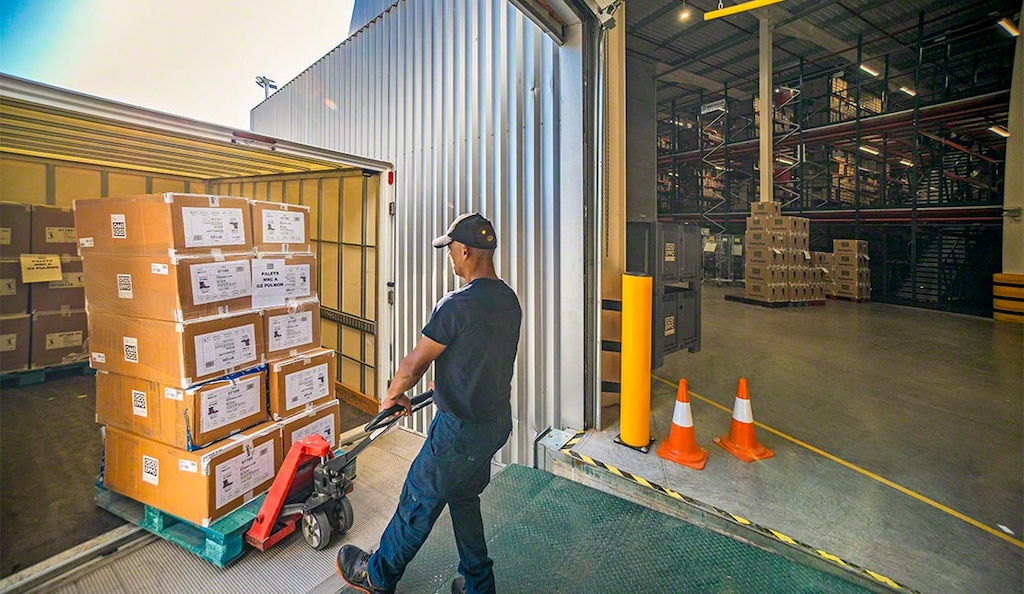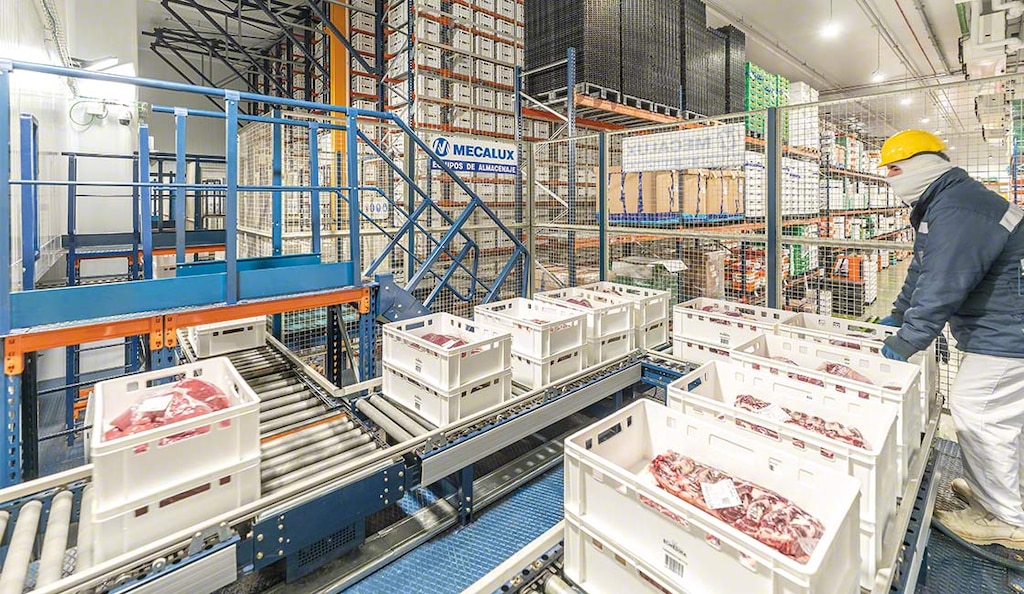
Regional warehouse for smaller distribution zones
Before designing your warehouse, it’s important to familiarise yourself with the different types that exist, each tailored to specific purposes. Critical factors like location play a pivotal role in selecting the appropriate model. Ultimately, your decision will significantly influence order delivery and customer satisfaction.
What is a regional warehouse?
Also known as a distribution centre (DC), a regional warehouse is characterised by its design and the length of its shipping routes. It should be suitable for accommodating a large number of vehicles for loading and unloading goods and carrier routes normally last less than a day. Therefore, these facilities are positioned near end consumers.
What is the main purpose of a regional warehouse?
Regional warehouses are a key link in the supply chain, offering quick, reliable distribution. While it’s possible to operate without one, having a regional warehouse allows you to move larger quantities of goods in a very short time. That’s because they can receive products from various locations simultaneously and transport orders to multiple destinations in a single day. If equipped with a warehouse management system such as Easy WMS, you can monitor inventory in real time. This facilitates decision-making and other crucial processes like order picking.
These DCs are especially valuable in delivering products with short expiration dates. Thus, raw materials and other goods can arrive at the regional warehouse in the morning and reach their destination before the end of the day.

Examples of regional warehouses
Numerous companies employ these types of facilities to streamline their logistics operations:
Leroy Merlin
The French multinational Leroy Merlin, which specialises in DIY and gardening materials, built two warehouses in its logistics centre in Torija, Spain. They serve to fulfil online sales from its website and orders from stores in cities such as Madrid and Barcelona.
Both regional warehouses were set up between two large urban hubs. They house a wide variety of products and SKUs on pallet racking supplied by the Mecalux Group.
Zaloker & Zaloker
Distributing goods to healthcare establishments calls for coordinated logistics operations. Zaloker & Zaloker is a business dedicated to the supply of materials to hospitals, pharmacies and primary care centres. It needed to reach these locales on time so that medical personnel could perform their duties effectively.
This Slovenian company has a warehouse for order fulfilment and another for reserve products. They house 340 SKUs, including glucometers, insulin pumps and pacemakers, with stock controlled by Easy WMS.
Motos Bordoy
Another example of a regional warehouse is the case of Motos Bordoy in Rubí, Spain. The company has two DCs, one for spare parts and the other for motorbikes distributed to dealerships in Barcelona. “We serve the stores and our partners from both facilities. We work with over 200 associates, supplying them with motorbikes and spare parts as necessary. We can deliver orders to our partners near Barcelona in just three and a half hours. In the rest of Spain, we’re committed to doing this within 24 hours,” says Jesús García, Head of the Spare Parts Department.

4 types of warehouses by logistics function
Warehouses can be classified according to multiple criteria, one of which is the purpose for which they were built:
- Central or buffer warehouse. These are normally big facilities positioned near manufacturing areas. They store large quantities of goods that will eventually be shipped to smaller centres.
- Regional warehouse or DC. These are located in smaller distribution zones, with transit times lasting less than a day. They serve the needs of a specific geographical area and ship products quickly.
- Transit warehouse. If the distance between your central and regional warehouses is too great, you might need an intermediate point between them. In that case, setting up a transit facility would enable you to deliver your merchandise to end customers in under a day.
- Temporary warehouse. These facilities house raw materials and other goods temporarily. They’re used to prevent stockouts and are particularly useful during periods of increased demand.
What does a regional warehouse store?
These DCs can accommodate several types of goods:
- Raw materials. Resources extracted from nature can be stored in regional warehouses before reaching their final destination. However, they’re more often stored near production centres and thus near central warehouses.
- Semi-finished goods. Intermediate products can remain in the manufacturing plant where they began processing. But if they require the involvement of more than one facility, they might require a stopover at a temporary or regional warehouse.
- Finished products. As a rule, these goods are stored in regional warehouses or DCs to ensure service to customers in less than 24 hours.
Regional warehousing solutions
A regional warehouse can play a vital role in consolidating your business in a particular area, especially in zones far from your central headquarters or production centres. Responding as quickly as possible can mean that customers choose your services again or trust you as a supplier.
Are you looking to set up a new central, transit, temporary or regional warehouse? At Mecalux, we have the tools to design it from the ground up. Additionally, we can enhance your existing facility. Be sure to get in touch. We’ll show you how to automate your warehouse and maintain total control over your inventory with our Easy WMS software.
